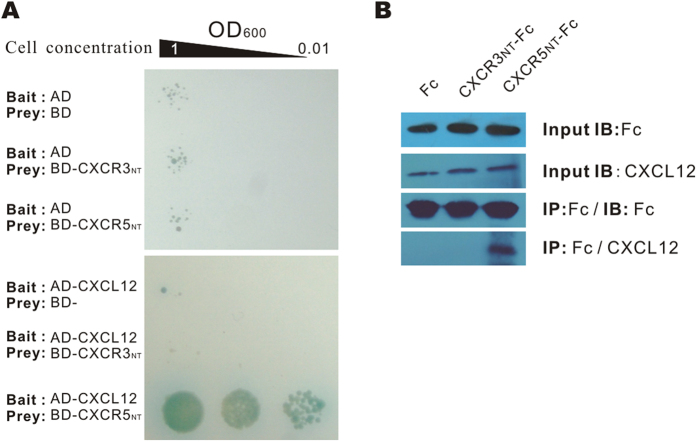Figure 5. Detection of the interactions between CXCL12 and CXCR5NT.
(A) The interaction between CXCL12 and the N-terminus of CXCR5 or CXCR3 was detected by a traditional Y2H, in which CXCL12 was fused with the activation domain of GAL4 (AD) as the bait, and CXCR5NT or CXCR3NT was fused with the binding domain (BD) of GAL4 as the preys. Only yeast expressing AD-CXCL12 and BD-CXCR5NT could survive the selective medium, indicating the interaction between prey and bait. (B) CoIP of CXCL12 and CXCR5NT. CXCL12 and CXCR5NT-Fc or CXCR3NT-Fc were co-transfected into the 293T cell line. Fc-tagged fusion proteins were precipitated by protein G beads, and the precipitates were separated by SDS-PAGE and blotted with rabbit anti-mouse CXCL12 IgG. The result shows that CXCL12 was precipitated by CXCR5NT-Fc, but not by CXCR3NT-Fc or Fc only, indicating an interaction between CXCR5NT and CXCL12.

